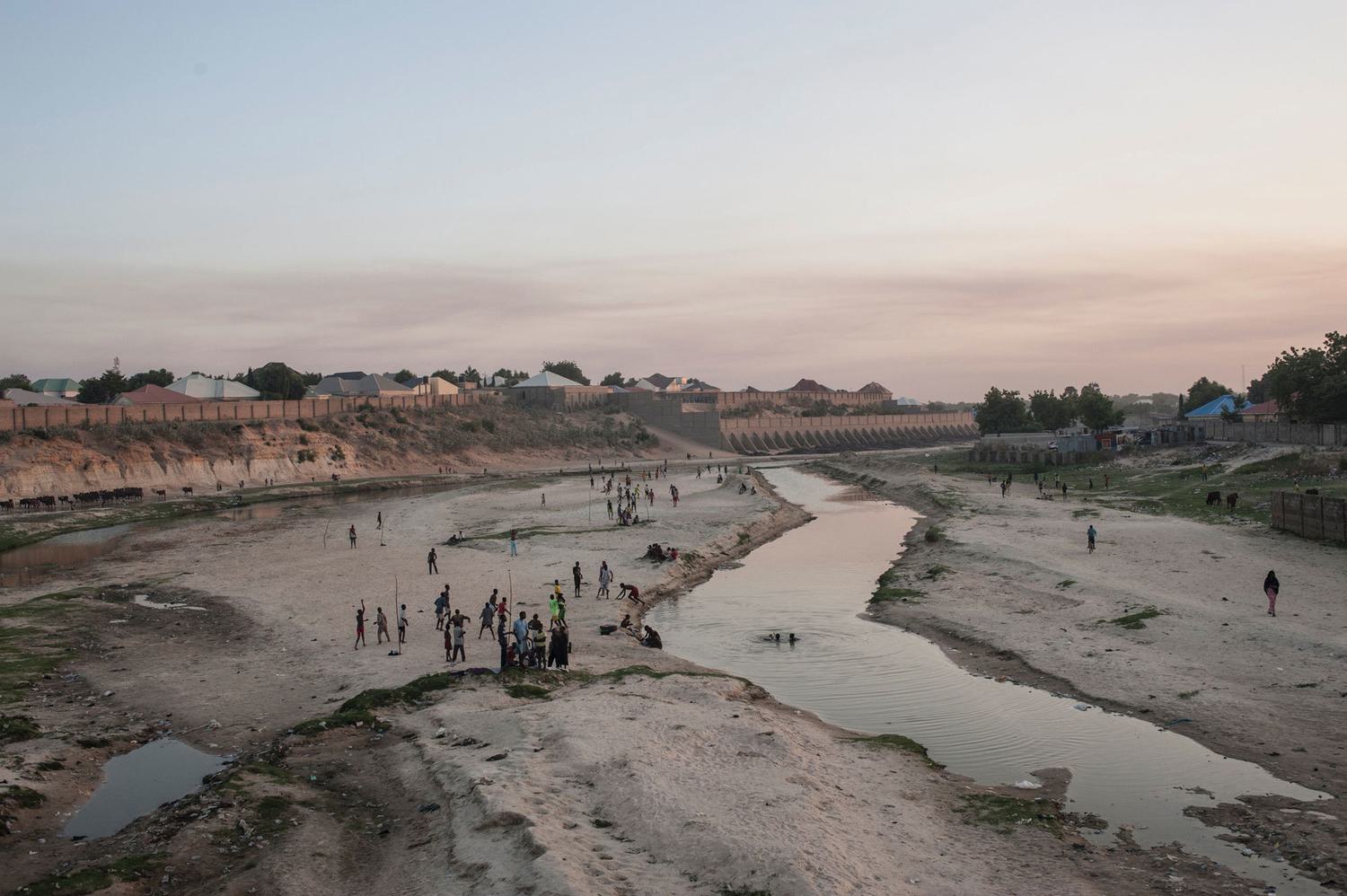The African Sahel is a zone that serves as a bridge between the Sahara Desert in the north and the Sudanian savanna in the south, spanning from Senegal in the west to Chad and Sudan in the east. Although it boasts a vibrant history and cultural variety, the Sahel is now often associated with unrest and repeated turmoil. To comprehend the factors leading to this difficult setting, one must explore the historical, socioeconomic, environmental, and political factors that are distinct to this area.
Historical Context and Colonial Legacies
Historical patterns of governance, beginning with pre-colonial empires like the Mali and Songhai, contributed to the region’s complex ethnic and cultural landscape. The colonial carve-up of Africa by European powers in the late nineteenth and early twentieth centuries disregarded existing social and ethnic boundaries, creating artificial borders that persist today. As a result, ethnic groups were divided across new national lines—Tuaregs, Fulani, Hausa, and others found themselves citizens of different states overnight. This arbitrary partition contributed to lasting grievances, contested identities, and a foundation of mistrust between communities and the post-independence states in the Sahel.
The colonial legacy also established centralized, often unresponsive governance structures. Many Sahelian states inherited patrimonial systems focused on urban elites, neglecting peripheral, rural regions. This unequal power distribution has fueled a sense of marginalization among rural groups, setting the stage for resistance and, at times, violent rebellion.
Socioeconomic Challenges and Lack of Development
Poverty rates in the Sahel consistently rank among the highest globally. According to the United Nations Development Programme, countries like Niger, Mali, and Burkina Faso feature in the lowest deciles on the Human Development Index. Widespread unemployment, lack of access to quality education, limited healthcare, and food insecurity create fertile ground for vulnerability and social unrest.
A case study from the Lake Chad Basin demonstrates how economic collapse can stoke conflict. Historically, Lake Chad supported millions through fishing, agriculture, and trade. Due to climate change and overuse, the lake has shrunk by more than 90% over the last 60 years. As livelihoods disappeared, local communities faced increased competition for diminishing resources, leading to communal clashes and providing fertile ground for recruitment by extremist groups.
Those social and economic challenges intersect with population patterns: the Sahel is home to one of the fastest-expanding populations globally, increasing pressure on already limited resources and governmental abilities. The swift movement towards cities and the surge in youth—the average age in Niger is below 16—result in millions of young individuals seeing limited opportunities, escalating the chance of becoming radicalized or engaging in unlawful economic activities.
Environmental Issues and Alterations in Climate
The Sahel is particularly sensitive to shifts in climate. The area is defined by delicate soils and unpredictable rain patterns. Droughts and unusual weather events are increasingly frequent and intense. Livestock herders, like the Fulani, who rely on moving their animals according to the seasons, must journey greater distances to find water and grazing areas. This results in rising conflicts with settled farmers, as established grazing paths intersect with cultivated lands. These clashes between farmers and herders are a frequent cause of violence, often intensified during times of shortage.
Climate change amplifies the effects of underlying governance and economic challenges, turning manageable tensions into potential flashpoints. The United Nations Environment Programme has identified the Sahel as one of the “climate change hotspots,” where the intersection of environmental and social vulnerability is especially pronounced.
Weak State Institutions and Governance Deficits
States in the Sahel frequently lack the capacity to provide basic services, enforce the rule of law, or maintain a monopoly on the legitimate use of force. Remote areas are often left with little presence of central authority, allowing ungoverned spaces to proliferate. This institutional vacuum is readily filled by non-state actors, including armed militias, self-defense groups, criminal syndicates, and insurgent movements.
Deficiencies in governance create a widespread feeling of marginalization, especially among ethnic minorities and rural communities. Issues concerning land ownership, distribution of resources, and political representation frequently remain unresolved through formal processes, prompting dissatisfied groups to address matters independently. Corruption and favoritism further erode trust in government institutions, complicating initiatives for state development and conflict resolution. Moreover, rebel groups often present themselves as providers of stability and justice in regions with limited state presence, making it harder to reestablish governmental control.
The Proliferation of Armed Groups and Violent Extremism
The Sahel’s instability has enabled the rise of a constellation of armed groups, some with local grievances, others with transnational jihadist agendas. Groups such as Jama’at Nasr al-Islam wal Muslimin (JNIM), Islamic State in the Greater Sahara (ISGS), and Boko Haram operate with varying motives and levels of coordination. Many capitalize on local grievances, recruit marginalized youths, and finance their operations through trafficking in drugs, weapons, and people.
The collaboration between regional conflict participants and international terrorist organizations is especially evident in the tri-border region of Mali, Niger, and Burkina Faso. In this area, factions take advantage of ethnic tensions and governmental vulnerabilities to establish a foothold. This leads to a scenario where violence is both strongly localized—stemming from confrontations over livestock or territory—and linked to worldwide jihadist ideologies.
International military involvement, like the France-directed Operation Barkhane and the United Nations Multidimensional Integrated Stabilization Mission in Mali (MINUSMA), have shown varied outcomes. While there have been some achievements, these efforts are frequently critiqued for not tackling fundamental issues, concentrating mainly on counterterrorism and security, overlooking political, economic, and social aspects.
Cross-Border Dynamics and Regional Instability
Porous borders are a characteristic element of the Sahel region. Individuals, merchandise, and militant factions traverse with relative freedom through lightly regulated boundaries. This movement across borders implies that unrest in one nation can swiftly extend: a coup in Mali, for instance, might encourage insurgents in adjacent Burkina Faso or Niger.
The interconnections between national conflicts have led to spill-over effects. For instance, the 2011 collapse of the Libyan regime unleashed a flood of weapons and displaced fighters into the Sahel, escalating existing disputes and strengthening armed factions. Complex regional dynamics demand cooperative solutions, but geopolitical rivalries and differing priorities among states often hinder effective collaboration.
External Actors and International Interests
External parties also influence the conflict terrain in the Sahel. France, previously a colonial ruler, keeps substantial military forces and spearheads antiterrorism missions, driven by safety issues and the safeguarding of economic stakes. The European Union, United States, Russia, and other states have supported different stabilization, development, and security efforts. Although global backing is essential, differing viewpoints and objectives occasionally weaken local leadership and the enduring viability of peace initiatives.
Humanitarian agencies face immense challenges delivering aid in conflict zones. Access is frequently hindered by insecurity and bureaucratic obstacles, leaving vulnerable populations at heightened risk.
Comprehending Complexity
Conflicts within the African Sahel are influenced by a complex fusion of past histories, social and ethnic divisions, economic hardship, environmental vulnerability, and state instability, all exacerbated by regional and international influences. Approaches that concentrate solely on security initiatives or technical aid are inadequate without addressing the layers of grievances, identities, and aspirations that permeate life in the Sahel. Only by acknowledging and addressing the complete range of these elements can pathways toward stability and refreshed opportunities be imagined for the residents of the Sahel.




